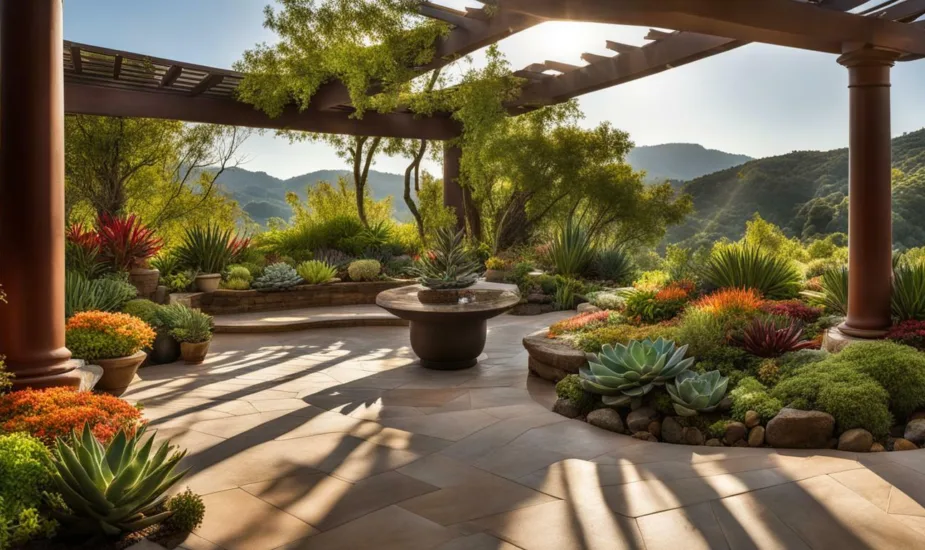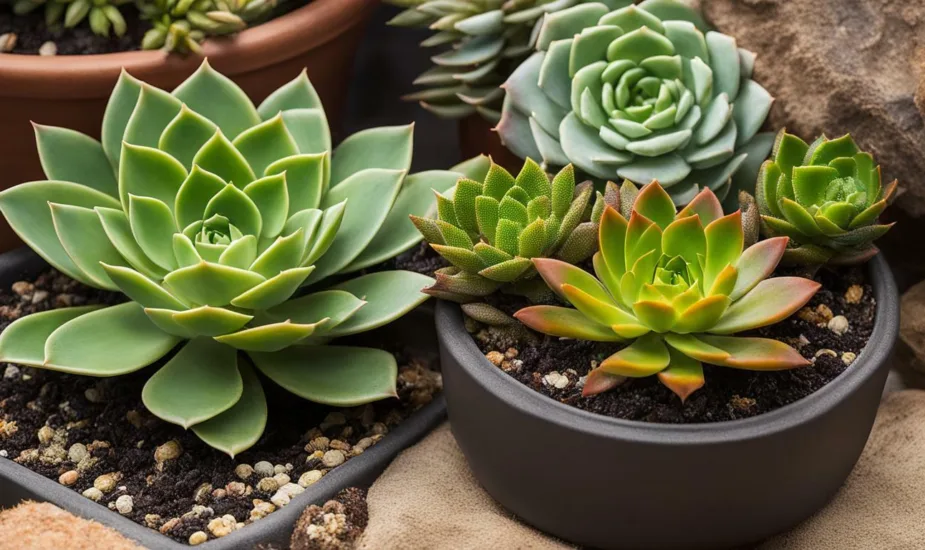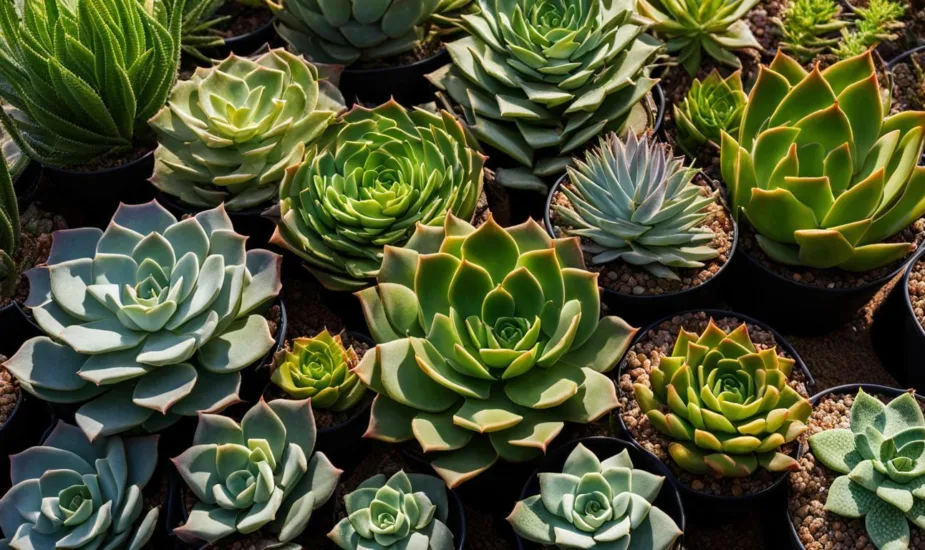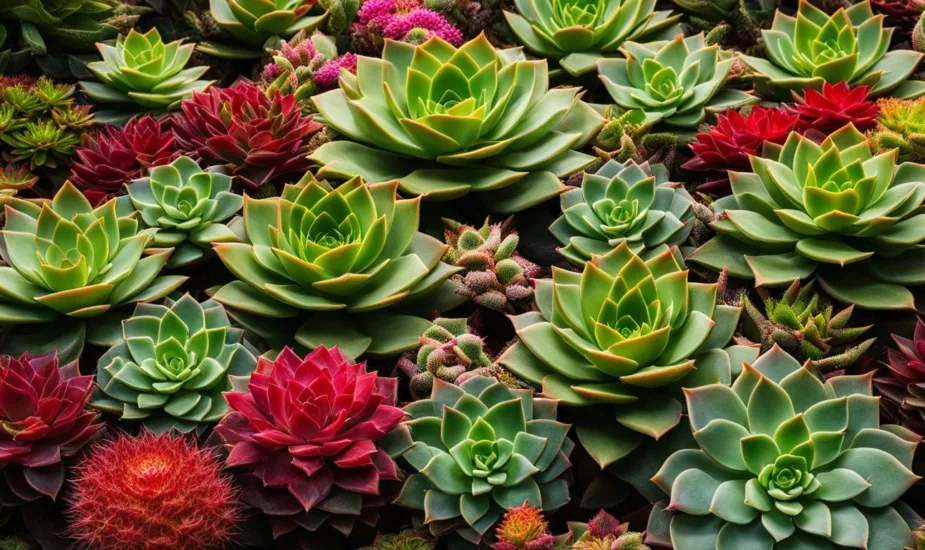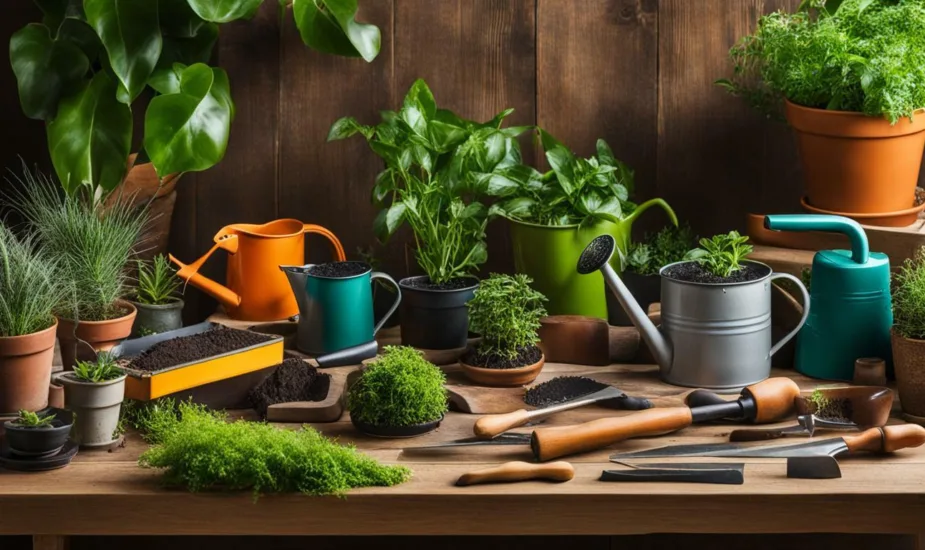Growing Hibiscus in Pots: How-to Thrive in Easy Steps
Discover easy steps for thriving hibiscus in pots. Expert tips on growing hibiscus in containers. Cultivate vibrant blooms today!
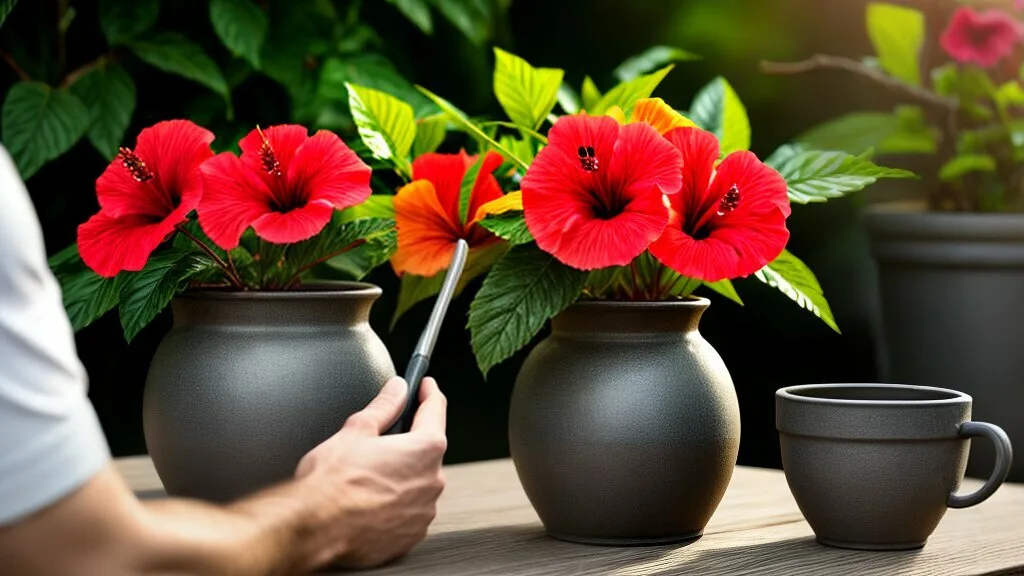
Hello and welcome to my guide on growing hibiscus in pots. Container gardening is a fantastic option for those who lack the space for a traditional garden, or for those who simply want to add stunning tropical beauty to their outdoor areas. Fortunately, hibiscus plants thrive in containers and are easy to grow, even for beginners. In this guide, I will walk you through the steps to grow healthy and vibrant tropical hibiscus in pots.
Key Takeaways:
- Growing hibiscus in pots is a great option for those lacking space or wanting to add tropical beauty to outdoor areas.
- Hibiscus are easy to grow in containers, even for beginners.
- In this guide, you will learn how to select the right container, create the ideal potting mix, provide proper sunlight and care, and overwinter your container plants.
Potting Hibiscus: Selecting the Right Container
When it comes to potting plant hibiscus, selecting the right container is crucial for their growth and survival. The container needs to be large enough to accommodate the plant’s root system, while also providing proper drainage to prevent water-logging and root rot.
The size of the container will depend on the variety of plant you are growing. As a general rule, a pot with a diameter of at least 18 inches is suitable for standard hibiscus in a pot, while miniature varieties can thrive in smaller containers. Ensure that the container has drainage holes to allow excess water to escape.
When choosing a material for your container, ensure it is sturdy and able to withstand the elements. Terra cotta and ceramic pots are popular choices, but plastic and resin containers are also suitable.
Remember to check the container’s condition before potting your hibiscus plant. Cracked or damaged containers may compromise the health of your plant.

Potting Hibiscus Plants: Ensuring Proper Drainage
Proper drainage is essential for tropical hibiscus in containers. Without it, the roots can become waterlogged and susceptible to root rot. To ensure proper drainage, start with a base of gravel at the bottom of the pot to allow water to flow freely.
Next, add a layer of potting mix on top of the gravel. Be sure to use a high-quality, well-draining mix that is specifically formulated for container gardening.
When potting your flower, ensure that the root ball is level with the top of the potting mix. Fill in any gaps with additional potting mix and gently press down to remove any air pockets.
Water your beautiful plant thoroughly after potting, and remember to regularly check the moisture levels of the soil to avoid over or under watering.
Creating the Ideal Potting Mix for Hibiscus
One of the most important factors in successfully growing hibiscus in pots is the potting mix. Care for hibiscus in pots require a well-draining mix that allows for adequate moisture retention. Here is a simple recipe for creating the ideal potting mix:
| Ingredient | Measurement |
|---|---|
| Peat moss | 1 part |
| Perlite or coarse sand | 1 part |
| Compost or aged cow manure | 1 part |
| Garden soil | 1 part |
| Bone meal or slow-release fertilizer | As needed |
Combine all ingredients thoroughly in a large container. Add bone meal or slow-release fertilizer according to package instructions.
It’s important to note that hibiscus have specific nutrient requirements, so it’s generally recommended to use a quality commercial potting mix. Refresh the potting mix annually to ensure proper plant nutrition.
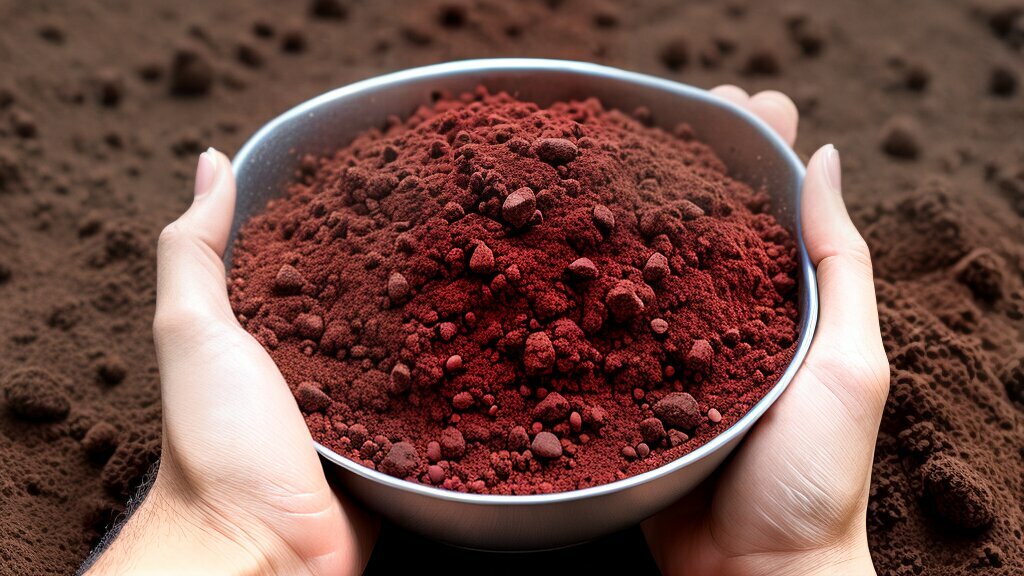
Best Soil for Hibiscus in Pots
Choosing the right soil for your potted flower is crucial for their overall health and growth. The ideal soil should be well-draining and have good fertility to provide the necessary nutrients and space for the roots to spread.
You can create your own potting mix by combining equal parts of peat moss, perlite, and vermiculite. This combination provides a balance between moisture retention and drainage, ensuring that the soil doesn’t become waterlogged, which can lead to root rot.
If creating your own potting mix sounds too time-consuming or complicated, you can opt for a quality commercial potting soil. Just make sure to choose one that is specifically formulated for container gardening and has the necessary ingredients for optimal plant growth.
It’s important to note that beautiful plant prefer slightly acidic soil with a pH level between 6.0 and 6.5. If you’re unsure about the pH level of your soil, you can purchase a pH test kit from your local garden center.
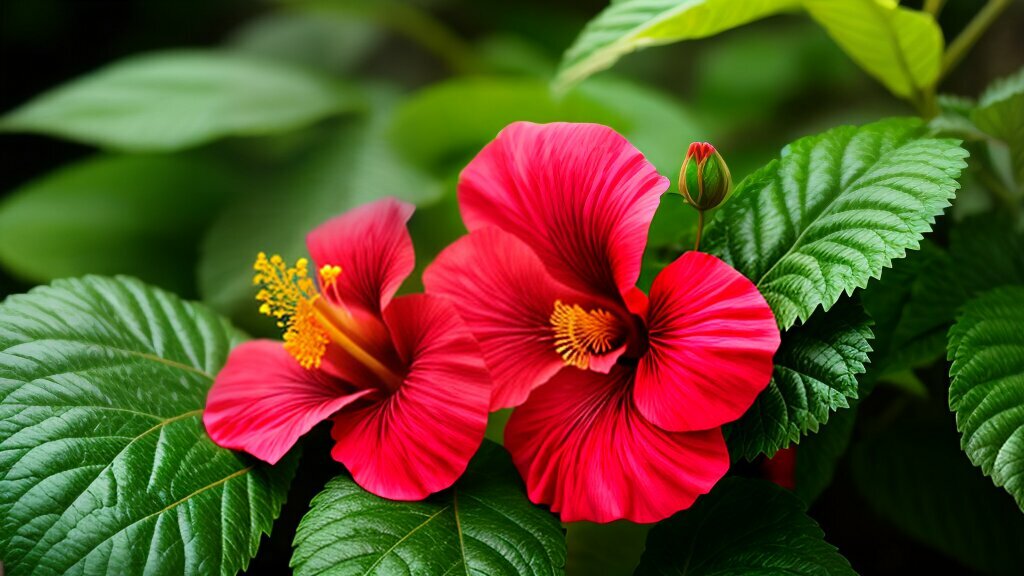
Sunlight Requirements for Hibiscus in Pots
When it comes to growing hibiscus in container, providing the right amount of sunlight is crucial for healthy plant growth and abundant blooms. These plants thrive in full sunlight, but they can also tolerate partial shade, especially during the hottest part of the day.
The optimal amount of sunlight for hibiscus in pots is around six hours per day. However, too much sun can cause wilting and scorching of the leaves, while too little sun can result in long, leggy stems and fewer flowers.
To ensure your plant get the right amount of sunlight, choose a location that receives morning or afternoon sun, depending on your climate. You can also provide shade during the hottest part of the day by using a shade cloth or by moving your plants to a location with partial shade. This will help prevent sunburn and conserve moisture, keeping your hibiscus healthy and happy.

Caring for Potted Hibiscus: Watering and Fertilizing
As a professional copywriting journalist, I know that proper watering and fertilizing are essential for the health and growth of potted hibiscus. Both under and over-watering can harm the delicate root system, so it’s vital to find a balance that works for your plant’s specific needs.
First, let’s talk about watering. Hibiscus prefer soil that is consistently moist but not waterlogged, so be sure to check the soil regularly and water when the top inch feels dry. When watering, I recommend thoroughly saturating the soil until water runs out of the drainage holes. This ensures that the roots receive enough moisture without drowning the plant.
When it comes to fertilizing, hibiscus benefit from a balanced, water-soluble fertilizer every two to four weeks during the growing season. Be sure to follow the package instructions and dilute the fertilizer to avoid burning the delicate roots. Slow-release fertilizers can also be used, but be mindful of the dosage and frequency.
| Tip: | Watering and fertilizing are interconnected, so avoid fertilizing a dry plant or watering a newly fertilized one. This can cause nutrient burn and harm the plant. |
|---|
It’s also essential to pay attention to any signs that your plant may be under or over-fertilized. If the leaves are turning yellow or dropping, the soil may be lacking in nutrients. On the other hand, if the leaves are turning brown or the tips are burning, the plant may be receiving too much fertilizer.
Remember: Consistent, proper watering and fertilizing go a long way in ensuring healthy, thriving potted beautiful plant.
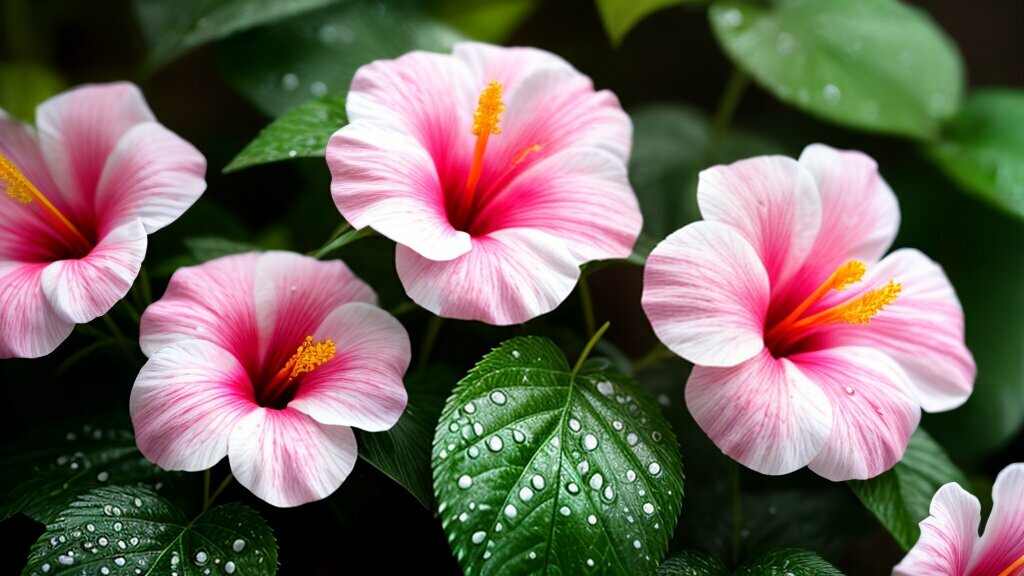
Pruning Potted Hibiscus Plants for Optimal Growth
Pruning is an essential aspect of maintaining healthy and flourishing hibiscus in pots. Regular pruning removes dead or diseased branches, promotes new growth, and shapes the plant for optimal growth.
Timing is key when pruning in pots. The best time to prune is in early spring before new growth appears. It is important to use sharp and clean pruning tools to avoid damaging the plant.
When pruning, remove any dead or diseased branches first, followed by any undesirable growth. Make sure to leave at least two or three leaf nodes on each branch for new growth to emerge.
Pruning in pots can also encourage the growth of lateral branches and more blooms. By regularly removing spent flowers and pruning back the tips of branches, the plant will focus its energy on producing more blooms rather than seedpods.
After pruning, make sure to water the plant thoroughly and monitor for any signs of stress or shock. With proper pruning techniques, your potted elegant plant will be able to thrive and produce abundant blooms.
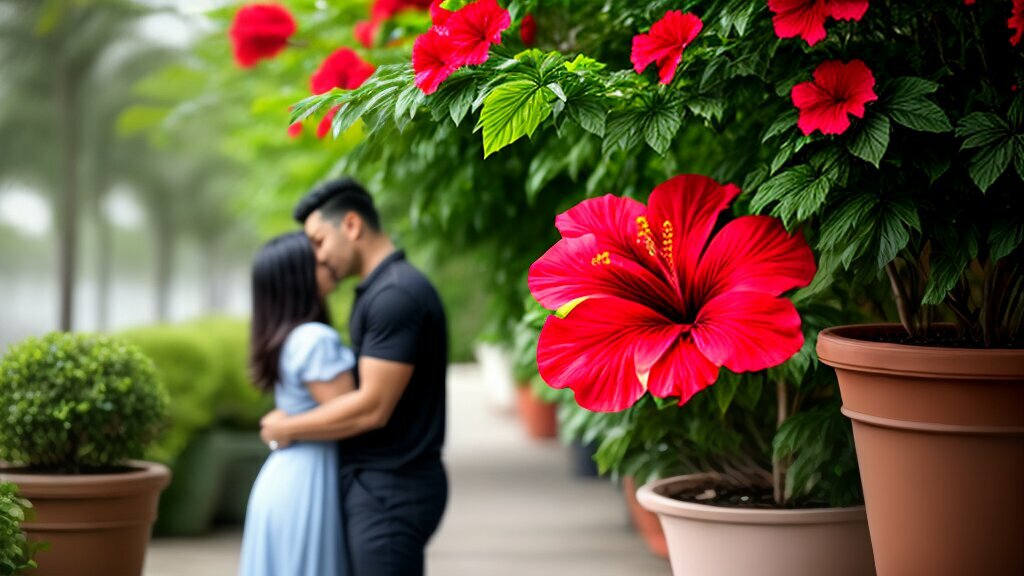
Tips for Growing Hibiscus in Containers
As an experienced gardener, I have some additional tips and tricks for growing hibiscus in containers. By following these suggestions, you can ensure healthy plant growth and abundant blooms.
- Provide adequate drainage: Hibiscus require well-draining soil to thrive. Ensure that your containers have proper drainage holes and use a quality potting mix to promote healthy root growth.
- Maintain consistent watering: Hibiscus require regularly moist soil, but overwatering can be detrimental to their health. Water deeply and consistently, but allow the top inch of soil to dry out between watering sessions.
- Protect from pests: Hibiscus are susceptible to pests such as spider mites and aphids. Use an insecticidal soap or neem oil to prevent infestations and keep your plants healthy.
- Provide humidity: Hibiscus thrive in humid environments. Consider placing a humidifier near your plants or grouping them together to promote a humid microclimate.
- Use supports for larger varieties: Some hibiscus, such as the tree varieties, can grow quite large. Use stakes or trellises to support their growth and prevent damage to their stems.
- Prune regularly: Regular pruning can help promote healthy growth and abundant blooms. Remove dead or diseased branches and pinch back new growth to encourage bushier growth.
- Provide adequate ventilation: Ensure that your hibiscus have proper airflow to prevent fungal growth and disease. Consider placing a fan near your plants to promote healthy air circulation.
By following these tips, you can enjoy the beauty of hibiscus in your outdoor space. Remember to regularly check your plants for signs of stress or disease and adjust your care routine as necessary.
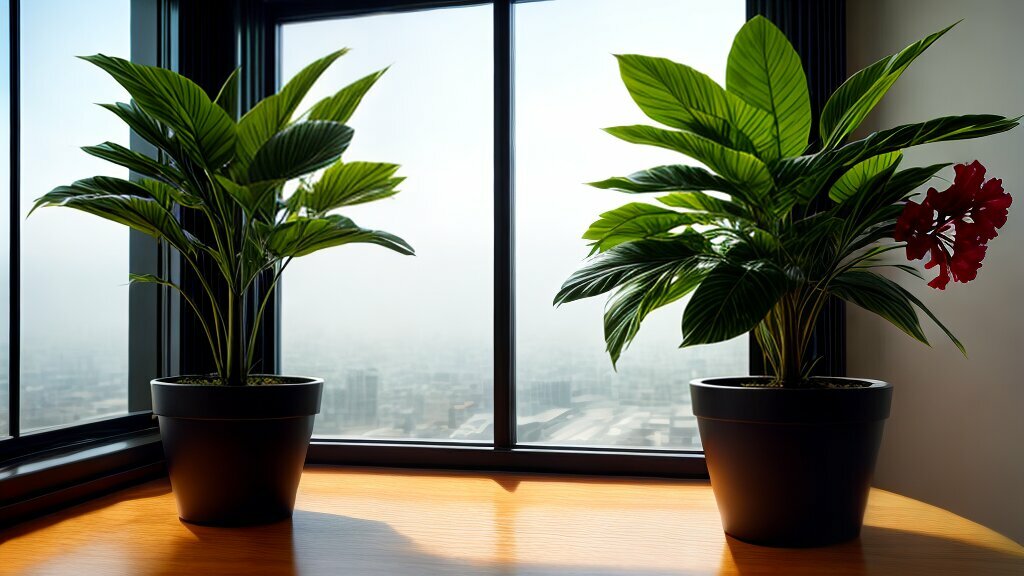
Overwintering Hibiscus Plants in Pots
As the temperatures drop and winter sets in, it is important to take proper care of your hibiscus in pots to ensure their survival. Here are the steps to follow:
- Reduce watering: During the dormant period, the plant require less water. Reduce watering frequency to once a week or when the top inch of soil feels dry to the touch.
- Move plants indoors: When temperatures drop below 50°F (10°C), it’s time to move your hibiscus indoors. Find a cool, bright spot where the temperature remains above freezing but below 60°F (15°C), such as a sunroom or enclosed porch.
- Provide adequate light: Hibiscus need bright light to survive the winter. Supplement natural light with artificial light, such as grow lights, if necessary. Maintain a 12- to 14-hour light period each day.
- Prune before overwintering: It’s best to prune your hibiscus before moving them indoors. This helps to reduce stress on the plant and provides a tidy appearance during the dormant period.
By following these simple steps, you can successfully overwinter your hibiscus in pots and enjoy their vibrant blooms year after year.

Conclusion
Growing hibiscus in pots is a rewarding and easy way to add tropical beauty to your outdoor space. By selecting the right container, potting mix, and soil, providing adequate sunlight and water, and pruning regularly, you can enjoy healthy and abundant blooms year-round.
Remember to refresh your potting mix regularly, and opt for quality commercial mixes if necessary. Provide shade during the hottest part of the day and fertilize your plants as needed. Use supports for larger varieties and be sure to control pests and maintain proper humidity and ventilation.
If you live in a colder climate, follow the steps for overwintering your beautiful plant in pots, reducing watering, and moving your plants indoors. With a little care, your exotic flower in pots will thrive and beautify your outdoor space for years to come.
FAQ
Q: Can hibiscus be grown in pots?
A: Yes, hibiscus can be successfully grown in pots. Container gardening allows for flexibility and is a great option for those with limited outdoor space.
Q: What size pot should I choose for hibiscus?
A: When potting hibiscus, it is important to select a container that provides enough space for the roots to grow. A pot with a diameter of at least 12 inches is recommended.
Q: What type of potting mix should I use for hibiscus?
A: The ideal potting mix for hibiscus should have a balance of moisture retention and drainage. A mix of peat moss, perlite, and compost is commonly used.
Q: What kind of soil is best for hibiscus in pots?
A: Hibiscus thrive in well-draining soil that is rich in fertility. Using a commercial potting mix specifically designed for flowering plants can also be beneficial.
Q: How much sunlight do hibiscus in pots need?
A: Hibiscus require at least 6 hours of direct sunlight daily. However, they can also benefit from some shade during the hottest part of the day to prevent overheating.
Q: How often should I water and fertilize potted hibiscus?
A: Potted hibiscus should be watered when the top inch of soil feels dry. Fertilize every 4-6 weeks during the growing season using a balanced fertilizer for flowering plants.
Q: Is pruning necessary for potted hibiscus?
A: Yes, pruning is important for potted hibiscus to promote healthy growth and abundant blooms. Prune in early spring and remove any dead or diseased branches throughout the year.
Q: What are some tips for growing hibiscus in containers?
A: To ensure success, control pests, maintain proper humidity levels, ensure proper ventilation, and provide support for larger varieties are some essential tips for growing hibiscus in containers.
Q: How can I overwinter hibiscus in pots?
A: To overwinter hibiscus in pots, reduce watering, move the plants indoors to a cool location, provide adequate light, and consider pruning before the dormant period.
 Little Garden Tips
Little Garden Tips




